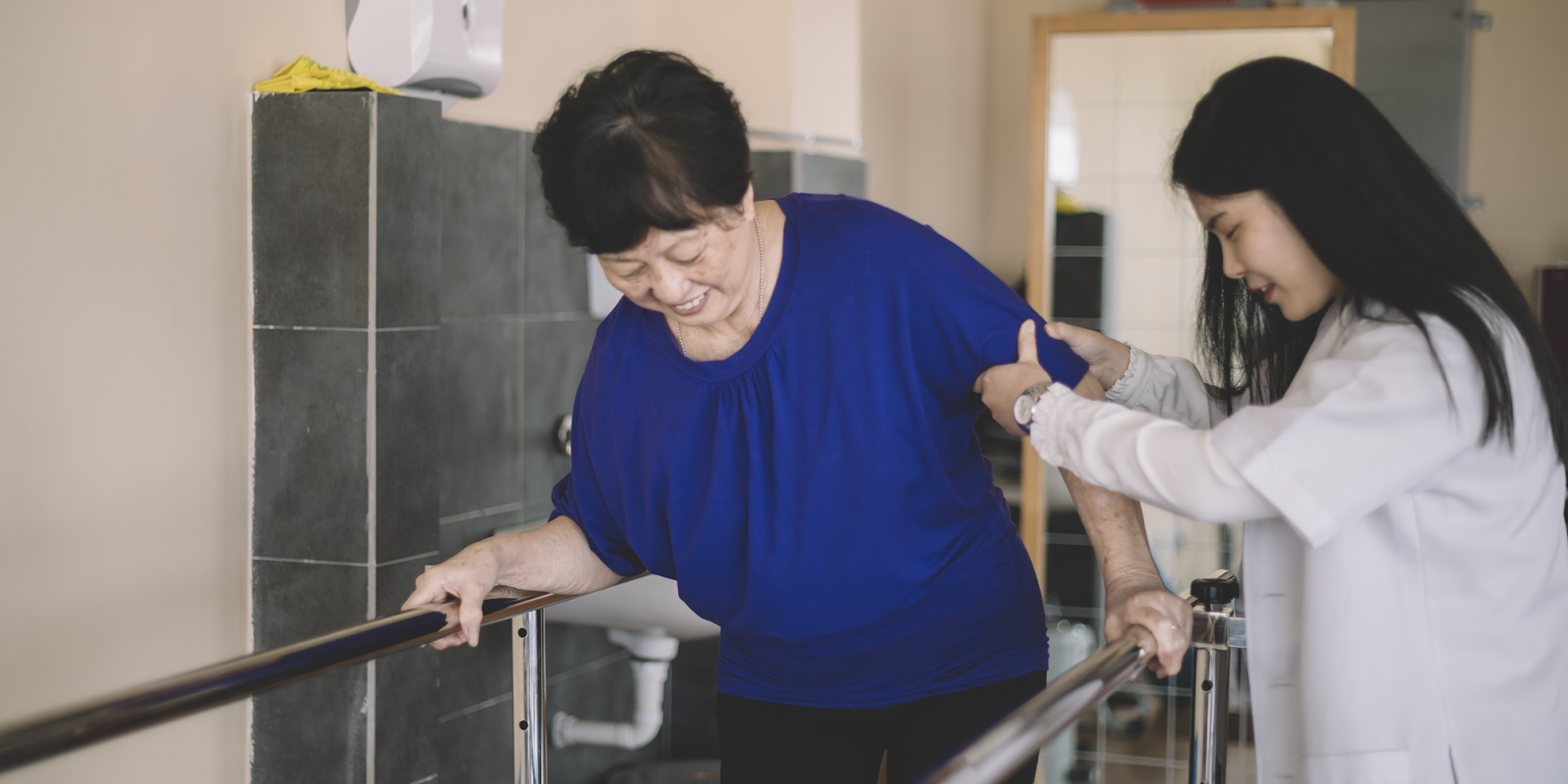According to the American Heart Association, stroke is the No. 5 cause of death in the United States. About 1 in every 18 deaths in the United States is due to stroke.
But owing to medical advances in the past two decades, stroke outcomes have dramatically improved and most people who experience stroke today survive. The majority of strokes are due to clots that block blood supply to the brain. With the introduction of therapies in the acute setting that can restore flow such as thrombolysis (with so-called “clot-busting drugs”) and mechanical thrombectomy (direct clot removal), mortality has trended down and clinical outcomes have improved. In the last decade alone, the age-adjusted stroke death rate decreased by 11.9 percent.
However, even with safe and effective treatments, stroke survivors are often left with devastating long-term effects. Stroke is the leading cause of disability in the United States. Because strokes are the result of interruptions to the blood supply to the brain, stroke survivors may live with long-term physical and cognitive effects, depending upon the region and extent of the brain affected. Survivors endure functional disabilities including paralysis of limbs, speech or language problems, and vision or memory issues.
The emotional effects of stroke cannot be ignored, either. Frustration, anger and depression during the recovery process are common as survivors manage new functional limitations. Approximately one-third of stroke survivors develop post-stroke depression, which has been found to be associated with higher mortality. Other associated findings included insomnia, post-stroke seizures and pain. And it’s not just survivors. Family members frequently find themselves as caregivers, a role that comes with significant emotional stress.
‘Approximately one-third of stroke survivors develop post-stroke depression.’
In addition to the physical, cognitive and emotional toll of stroke, stroke care is financially burdensome. The average cost for hospital admission for stroke care ranges from $20,396 to $43,652. Additionally, many survivors of stroke seek out rehabilitation services, such as physical and occupational therapy to help them recover lost function. Typically used for several months following a stroke, rehabilitation can add an extra several thousand dollars to the original cost. In 2016, the estimated total direct medical cost of stroke in the United States was $30.8 billion, encompassing outpatient visits, inpatient stays, ED visits, home health and prescribed medications. Simultaneously, the functional and cognitive effects of stroke can lead to lost wages before stroke survivors are able to return to work, if they ever do.
The Experience of Older Stroke Patients
Although strokes can occur in individuals of all ages, risk increases with age. The incidence of stroke doubles each decade after age 55 and more than 70 percent of patients admitted to the hospital for acute stroke are older than age 65. Discussion of stroke care must encompass the unique challenges this older population encounters.
Increased age also introduces other health conditions. Because of this, older individuals may have baseline functional or cognitive limitations that make stroke symptoms less obvious. These baseline limitations may also contribute further to caregiver fatigue as these patients are likely to be more dependent upon others.
Also, increased likelihood of frailty, poor nutritional status and comorbidities such as heart disease in older individuals contribute to worse clinical outcomes. Especially in the oldest age categories (older than 80 or 90), effective therapies such as thrombolysis and thrombectomy are less used despite increased occurrence of stroke. This trend is due to presumed higher risk of complications such as intracerebral bleeding, despite recent studies showing that age alone should not exclude patients from receiving these treatments (https://bit.ly/3FX2xEk; https://bit.ly/3C8caOp).
In a study published this year in the journal Stroke, non-urban areas with greater populations of individuals older than age 65 were found to be most distant from stroke care in a national analysis. This work suggests that access to care may also be a challenge for older Americans. Time-to-treatment is one of the strongest predictors of good clinical outcome following stroke, so living farther away may translate to additional time to treatment, potentially impacting outcomes.
Fewer than 50 percent of study respondents recognized all major symptoms of stroke, illustrating a large gap in public awareness.
Age is the strongest non-modifiable risk factor for stroke. But the American Heart Association reports that 80 percent of this risk is controllable, through healthier living and medication. Lifestyle changes such as better diet, more exercise, weight loss and smoking cessation can help control high blood pressure, the most significant modifiable risk factor. Managing other health conditions such as high blood cholesterol, diabetes and heart disease with prescribed medications and regular doctor visits are also important.
What We Can Do
These issues highlight opportunities to improve infrastructure in preventing stroke, treating stroke and helping patients recover from stroke.
For many of these challenges, patient education is key. Patients should be counseled on managing stroke risk factors, recognizing symptoms and on how to activate emergency services if they believe they are having a stroke. One survey reported that fewer than 50 percent of respondents recognized all major symptoms of stroke, illustrating a large gap in public awareness.
Additionally, special attention should be paid to geographic areas with higher stroke incidence, including those with higher proportions of older individuals. These areas may have greater need for efficient emergency service routing and community resources for patient support. Given that social determinants of health play a large role in patient choices, identifying social, cultural and environmental barriers that patients face in their communities also is crucial.
Ultimately, stroke care requires integration of public health, clinical care and community involvement. Policies at all levels—institutional, regional and national—are needed to improve stroke systems of care and address the unique issues faced by different groups. This is especially important as the national population ages, and more people than ever are at higher risk for stroke.
Cathy Yu is an MD candidate at the Washington University School of Medicine in St. Louis, Mo.













